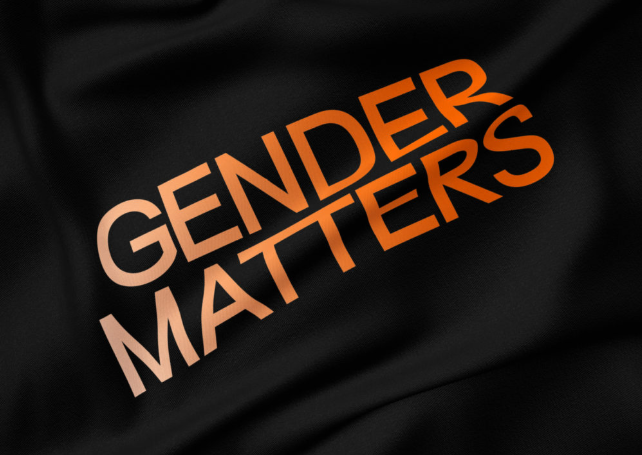
Today the Lankelly Chase Foundation and I-SPHERE (Heriot-Watt University) have published a new report exploring the prevalence of severe and multiple disadvantage.
Gender Matters uses a new ‘lens’ to examine severe and multiple disadvantage, marking a change in methodology from Hard Edges (the previous landmark report from the same authors published in 2015) and offering a fresh insight into the manifestation of severe and multiple disadvantage across the country.
Today’s report uses a primary definition of severe and multiple disadvantage which includes four measures: poor mental health, experience of interpersonal violence and abuse, homelessness and substance misuse. It also explores a series of secondary domains, such as experience of poverty, and relies on household survey data as well as administrative ‘service use’ statistics.
Using this new approach, the report is able to explore multiple disadvantage through a more ‘gendered lens’. It shows that men and women experience multiple disadvantage differently, in terms of the issues they face and the impact those varying issues have on them. Using a technique called Latent Class Analysis, it groups men and women into different “clusters” of disadvantage and is able to provide detailed information about the demographics and experiences of these groups.
The report estimates that in England in a typical year between 2010-14, around 336,000 adults experienced three or four primary domains of disadvantage with an approximately equal split between women and men. 17,000 people experienced all four primary domains at a point in time, the majority (70%) of whom were female. This is a very different picture of multiple disadvantage compared to the previous analyses.
What does this mean for local work?
Over the past ten years, MEAM has supported over 50 local areas across the country to improve the way that services are provided for people experiencing multiple disadvantage. We have used our shared knowledge and practical experience from this work to influence policy at the national and local level.
The Hard Edges report of 2015 significantly helped us and others to make a compelling argument to local decision makers about the need to place a greater focus on people experiencing multiple disadvantage. Today’s report will prove similarly valuable for our work going forward, helping us inform local practice and support improvements alongside national policies in the future.
Checking caseloads
Across the current MEAM Approach network, local caseloads are on average 33% women and 66% men. We recognise that this is unlikely to mirror local need.
Today’s report will encourage us to continue to work with our local areas to increase their consideration of gender when developing caseloads and in understanding the specific needs of women when developing coordinated approaches to service delivery. The findings will encourage area to ask questions when there are disproportionate numbers of men on caseloads. It will enable us to work with areas to examine why this is the case, if it is an accurate reflection of local need, and if not to explore the potential actions that can be taken to address it.
Improving wider service delivery
Over the past few years MEAM has worked increasingly on multiple disadvantage and gender. In 2018 we produced a report with Agenda and AVA, Jumping Through Hoops, looking at the experiences and support needs of women facing multiple disadvantage and how these needs differ from men.
At the end of last year we held a series of learning hubs with Agenda discussing the barriers women face when trying to access support with front line staff and women with lived experience and highlighting examples of best practice.
Today’s report emphasises a fundamental concern repeatedly raised at the hubs, that women can be ‘invisible to services, in part because they actively avoid them’ due to concerns such as stigma, the fear of losing children or being victims of abusive control. The report’s evidence shows the scale of women experiencing disadvantage, which should put pressure on local areas and policymakers to do more to ensure that women can feel comfortable coming forward to get support.
Opportunities and challenges
Our final initial reflection is that the new lens employed in today’s report, and especially the “cluster analysis”, provides rich information about groups of people – both men and women – who are experiencing forms of disadvantage but who are not currently being properly supported or focused on by policy.
The report provides an opportunity for better policy and support for these groups to be explored but the challenge for us, for policymakers, and for service providers, will be to do this in a way that is clear to actors working on these issues, and builds on the progress that has been made so far on tackling multiple disadvantage.
We look forward to the opportunities that lie ahead.
